Aberdeen Angus, the beef that's the best of all worlds
The award-winning author, food historian and chef Neil Buttery tells the tale of the Aberdeen Angus — and some tips on how to make the perfect steak.
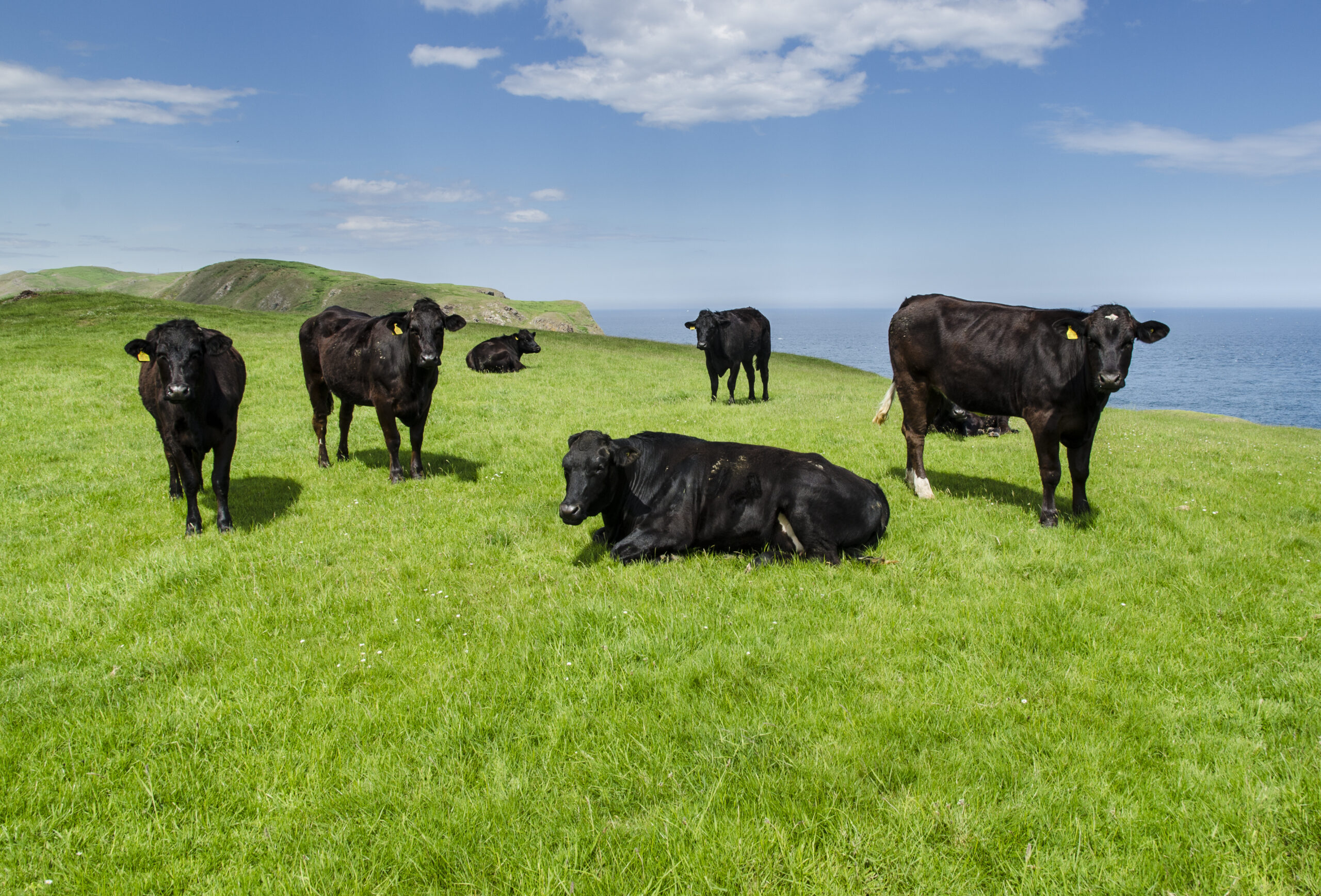
In the wide world of beef there are many pretenders to the title of the greatest on the planet — and while some swear by what comes from Argentina, Japan or Australia, many beef aficionados will still swear that Scottish beef is the best — and that Aberdeen Angus is the best of the best.
Aberdeen Angus was recognised as a breed in the 1870s, the result of crossing the Angus Doddy, a very hardy beast that used to be walked all the way to London to be sold for meat, and the Aberdeenshire shorthorn, which wasn’t hardy, but fattened rapidly.
These two cows were cross-bred in Aberdeenshire to combine their best features: being quick-growing; their ability to thrive on poor-quality pasture; and producing meat that is fine-grained and marbled with creamy fat — features usually associated with slow food. Steers are in high demand and the most expensive was sold for £78,750 in 2010.
At a time when we are questioning how much meat we should be eating, we should be looking towards environmentally desirable farming animals, such as Aberdeen Angus cattle. The fact that they are both economically and culinarily desirable should make serving this meat a real no-brainer. It's the best of all worlds.
How to choose and cook the perfect steak
At Country Life we've looked at making the perfect steak more than a few times, writes Toby Keel.
Chef and writer Valentine Warner's piece on choosing the best cut and cooking the ideal steak is full of good advice. Never cook your meat until it's hot enough to sizzle in the pan, for one; and while it's tempting to eat it as soon as it's ready, 5 to 10 minutes resting time will do wonders. As for the breed? Aberdeen Angus is — as Neil points out above — as good as it gets for a meaty, beefy flavour, though carnivores more focused on texture than flavour, and with the fortune to have deep pockets, might prefer the melting-softness of extraordinarily heavily-marbled Wagyu.
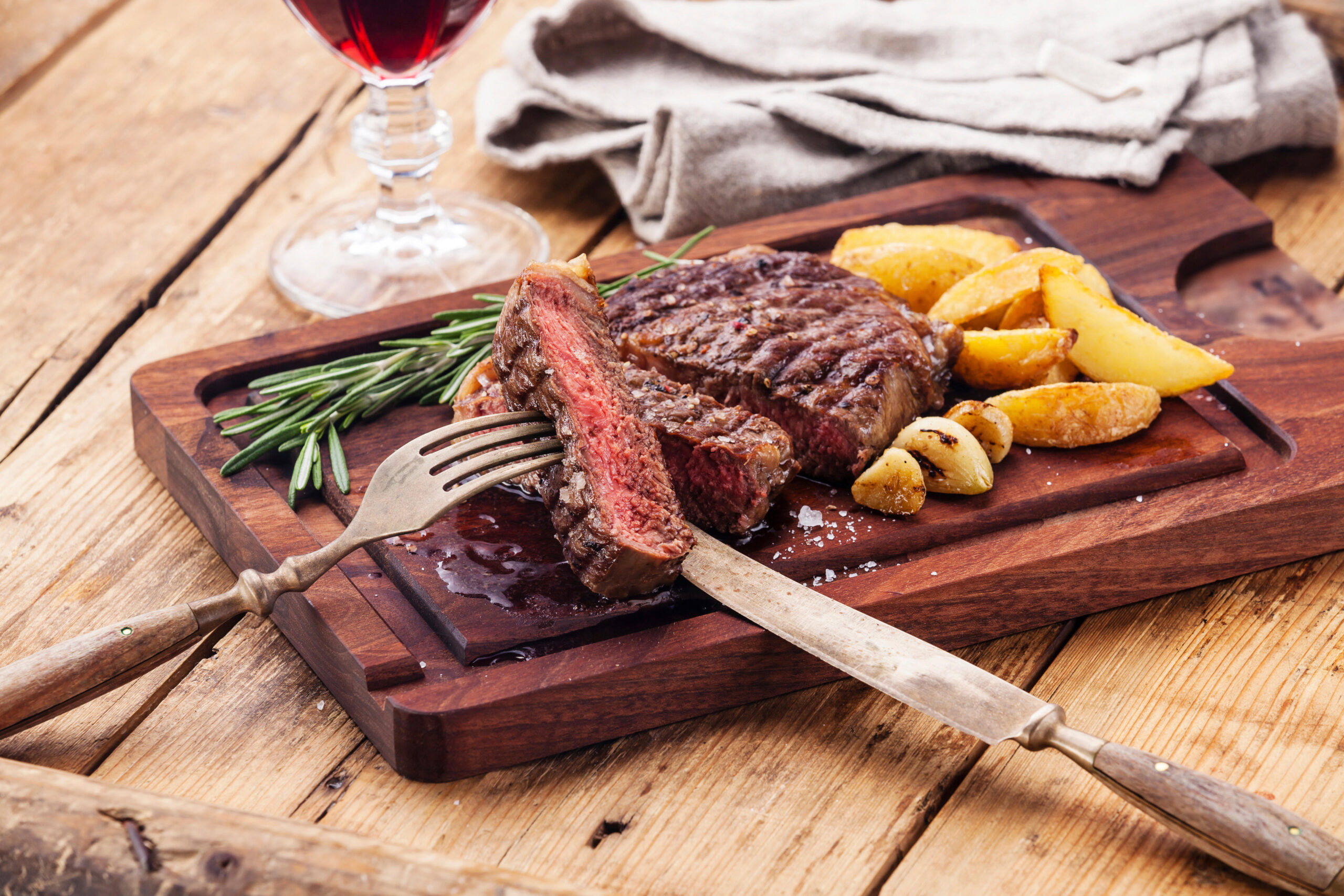
Our former regular food columnist Simon Hopkinson also looked at cooking the perfect steak — and he delivered a superb recipe for a sauce that's the perfect complement.
Exquisite houses, the beauty of Nature, and how to get the most from your life, straight to your inbox.
On top of that, he also has advice for the best accompaniment: proper chips, cooked in a fryer rather than an oven or a pan.
'I have always considered a good-quality domestic deep-fat fryer to be as good an investment as an electric ice-cream maker,' he wrote. Now that is a house where you'd want to be invited round for dinner.
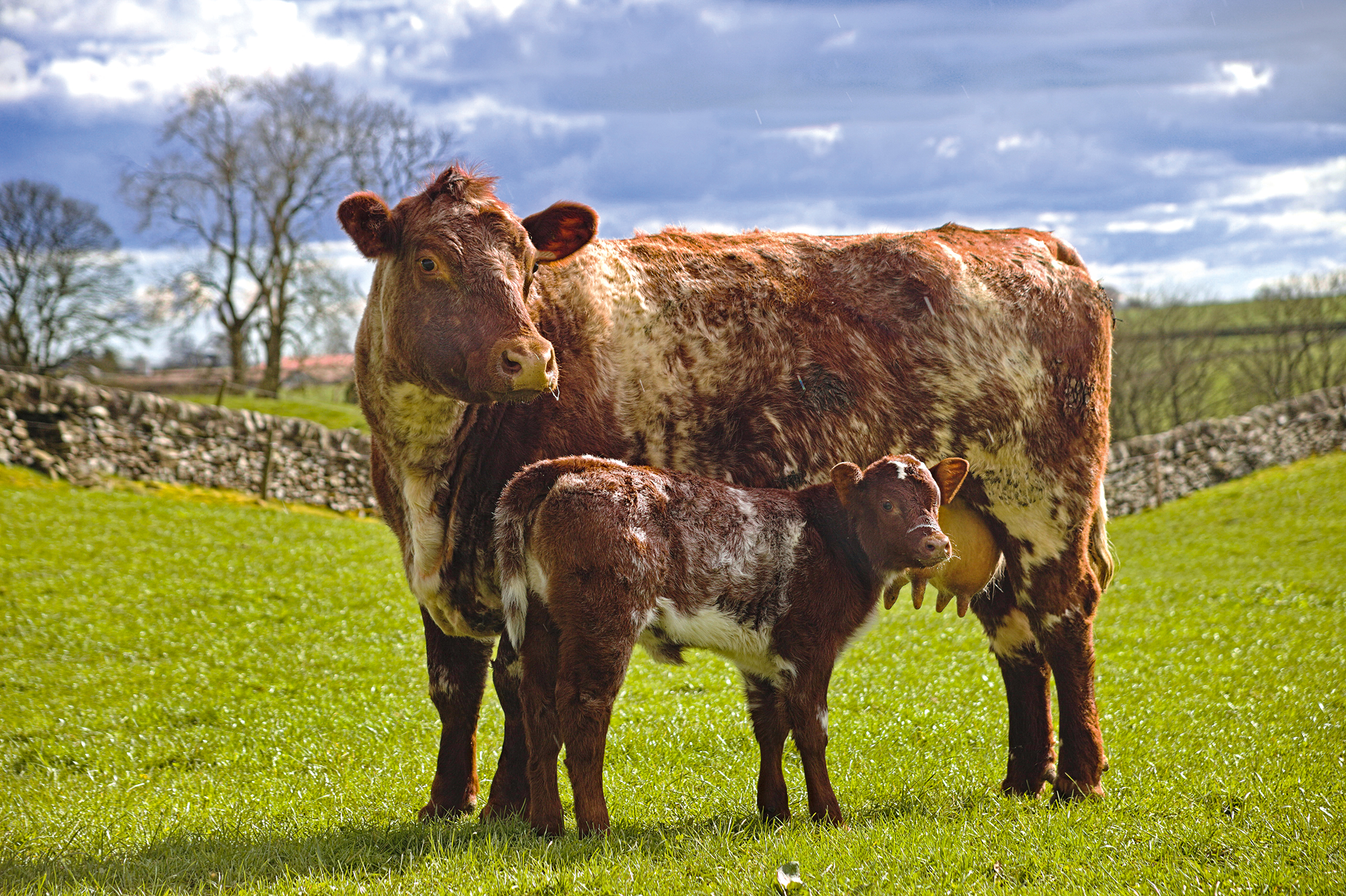
The shorthorn: The tale of the cow that went global, thanks to the dedicated English farmers who created modern cattle breeding
The shorthorn cow is coming into its own again. Jamie Blackett celebrates the 200th anniversary of the herdbook and the
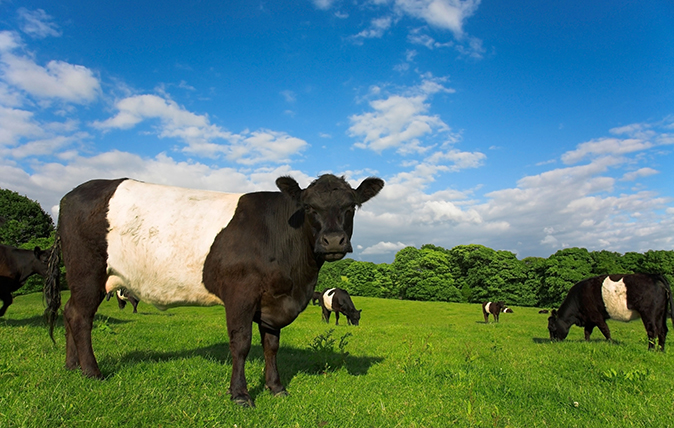
A guide to the native cattle breeds of Britain, from Aberdeen Angus to Jerseys
How many of these native cattle breeds would you recognise from travelling through the British countryside or from the butcher’s
-
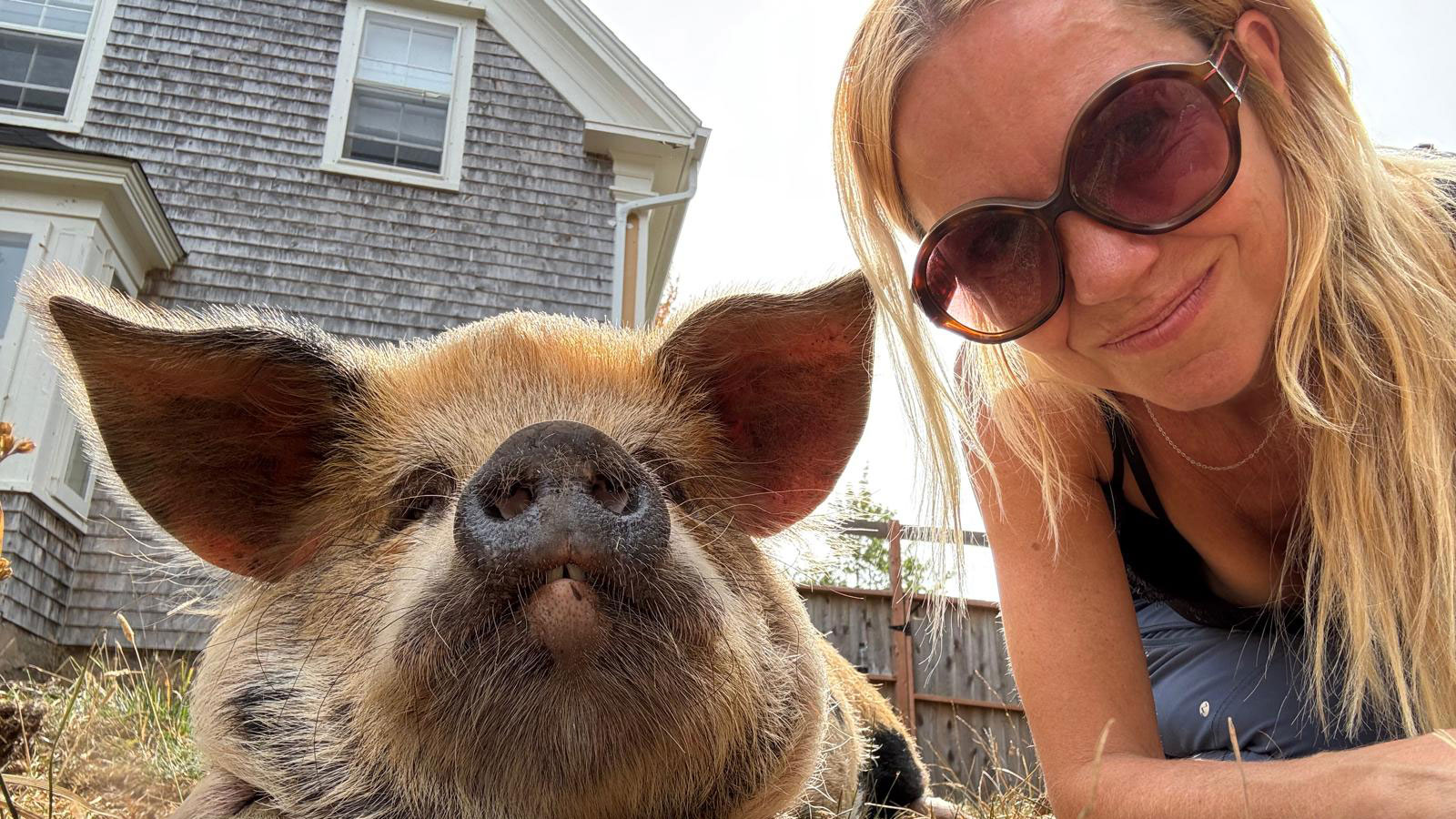 Amelia Thomas: The woman who learned to talk to animals
Amelia Thomas: The woman who learned to talk to animalsAmelia Thomas, the real-life Dr Dolittle who spent years decoding how animals talk, joins James Fisher on the Country Life podcast.
-
 Country Life 5 November 2025
Country Life 5 November 2025Country Life 5 November 2025 looks at the 39 rules of living as a gentleman, Britain's most dangerous creatures and the art of war reporting.